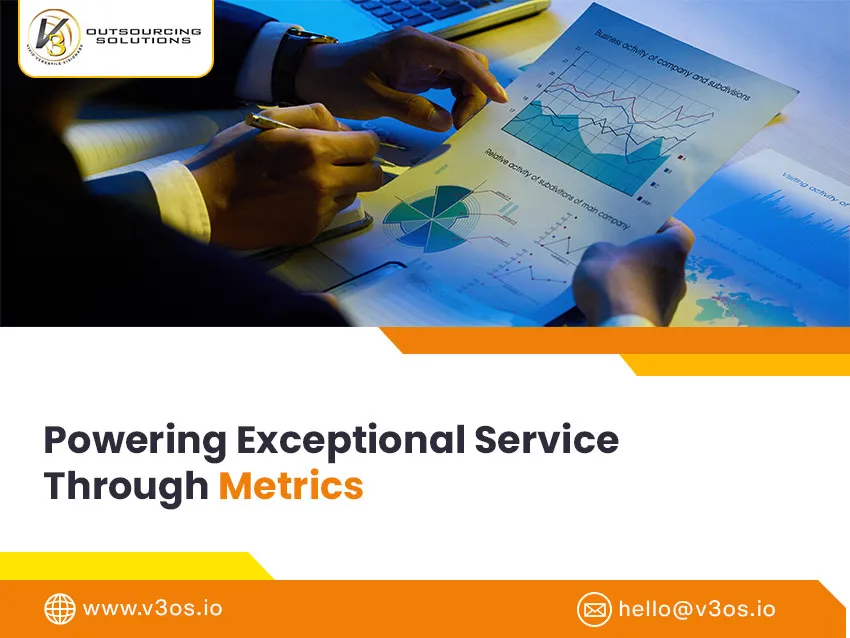
In this fast-changing world of customer care, data is obviously more than just numbers – it’s a perfect guide to better service, happy customers and a more efficient team. By properly judging and analysing the right customer support metrics, businesses get to transform their service from reactive to proactive and from average to exceptional.
Customer support isn’t just about solving issues – it’s all about delivering experiences. In order to do that in an effective way, support leaders look for visibility into how their teams are performing, how customers are reciprocating and where improvements are necessary. Metrics help answer questions like:
It’s not necessary to just track metrics – use them to set service level goals. For example, aim to keep FRT under 2 minutes for live chat or under 12 hours for email support.
High- resolution times or low CSAT scores might aim to agents who are constantly in need of more training or better tools. Make sure of using data to guide the coaching efforts.
Your ticket trend data can highlight systemic issues. Make good use of it to collaborate with the product or operations team to fix the root cause.
Metrics help identify top-performing agents. Get to celebrate team members who constantly meet or exceed goals, boosting morale and setting standards.
Here in this blog, let’s explore the strategies that define the customer experience metrics in 2025 and delve deep into various measurement techniques.
CSAT is the most accepted metric for evaluating customer experience. It evaluates how satisfied customers are with specific products or services. Customers are asked to rate their satisfaction on a scale of 1-10 once the purchase or interaction is done.
NPS is an effective metric for measuring customer loyalty. Here a customer is asked about how likely they are to recommend your product or service to others. Responses are being collected, and based on that, customers are categorised as Promoters, Passives & Detractors.
FCR is all about measuring the percentage of customer issues solved during their first interaction with support. A high FCR rate denotes effective problem solving and thus enhances customer satisfaction. The salient features of FCR include improving customer satisfaction, enhancing loyalty and reducing operational costs.
Customer Retention Rate, better known as CRR, tracks the percentage of customers who go the extra mile engaging your brand over a specific period. Retention of the existing customers is more cost-effective than grabbing fresh new ones.
Average Resolution Time better known as ART measures the time taken to solve customer concerns. Faster resolution time leads to higher satisfaction, followed by reflecting the efficiency of your support process. The salient features of ART include improving customer satisfaction, increasing operational efficiency and increasing engagement. Precisely, ART is calculated by dividing the total time taken to resolve all the queries by the total number of queries.
Great customer support doesn’t occur accidentally; it’s driven by insight and constant improvement. By roping in the main support metrics, businesses like V3 Outsourcing Solutions not only enhance the customer experience but also create a more empowered and productive support team. Count on us and see the difference!